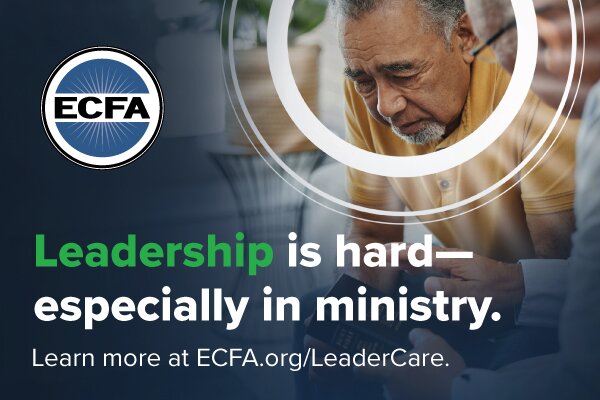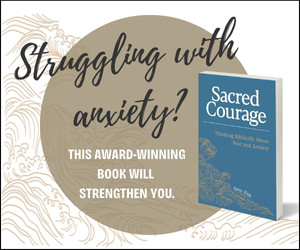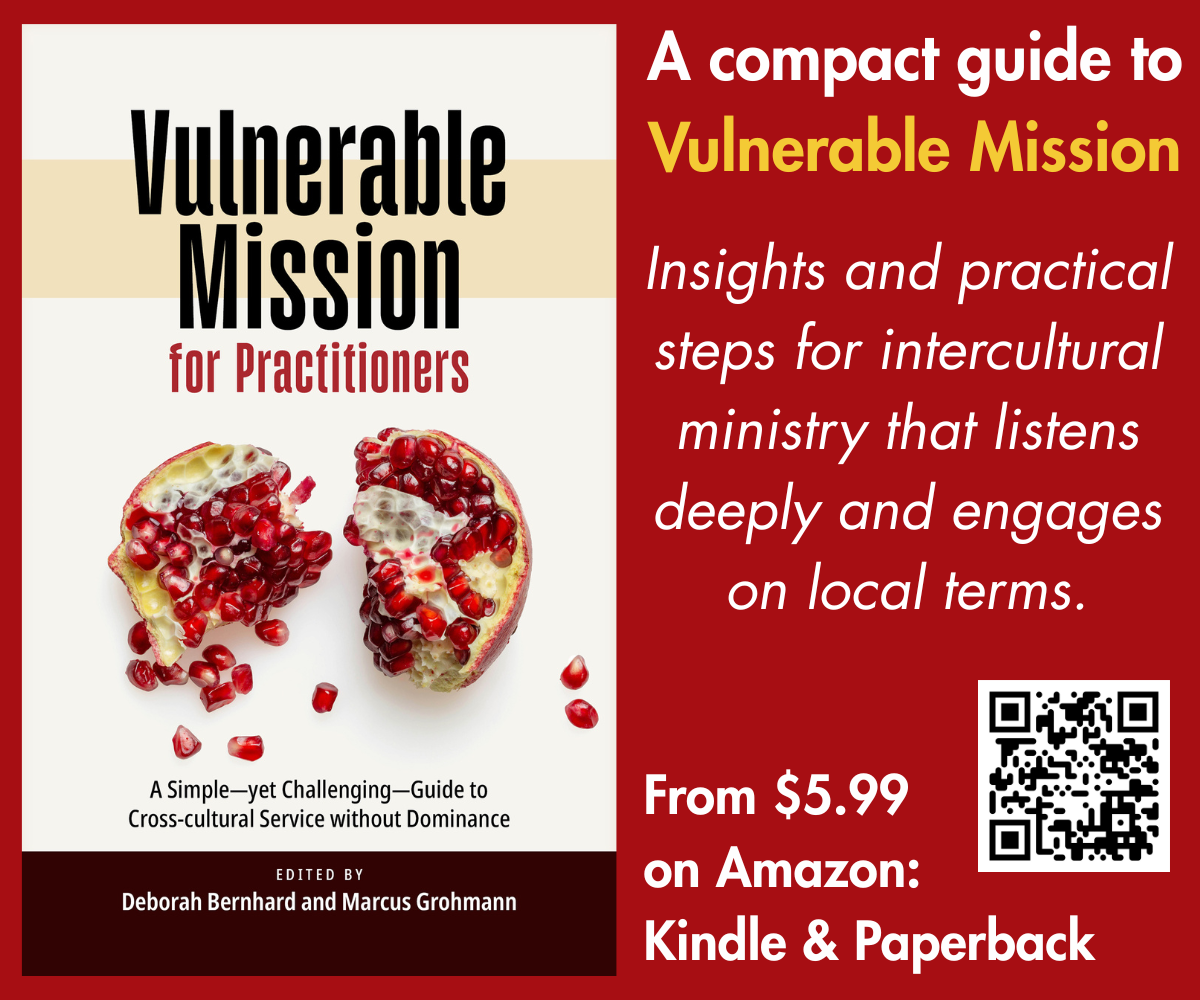EMQ » Jan – March 2025 » Volume 61 Issue 1

Summary: The arts have long been an important part of missions. Yet a historical preference for importing Western art forms into non-Western contexts left Christianity feeling culturally foreign. A shift towards encouraging local arts is inspiring authentic global Christian expressions across cultures and transforming missions.
By Heather Pubols
In March of 2012, I traveled to northwestern Democratic Republic of the Congo. I’d gone to work on stories about the Mono people and their Bible translation team. Upon arrival, we were greeted by an ensemble playing local harps, called kundis, and a choir singing in a traditional style.
The art displays didn’t end there. During the next two and a half days there were more music ensembles, a solo singing performance of a new song, a choir singing from a book of original Mono hymns, dancing, a drama, and an oral Bible storytelling.
Several insisted that I must share what I’d seen with “Brian.” After returning home, I tracked down this mystery person. It was Brian Schrag – an ethnomusicologist who encouraged the Mono community to develop their arts for worship.[i] He later became a leader in the global ethnodoxology movement.[ii] Meanwhile, the Mono community has continued bringing praise to God in creative ways. Many other communities worldwide are doing the same.
This issue of EMQ focuses on the arts and missions. In his article, Jhonny Ossa explains that local arts are a kind of language that James Krabill says convey values, desires, and community concerns. Yet while the arts have always been important in missions, our authors point out that missionaries often taught foreign arts rather than supporting local creativity.
Unfortunately, this approach resulted in a culture shock that contributed to Christianity lacking depth in many communities. As local arts have gained prominence, author Rocelyn Madinger comments that more people see that they matter to God and can express their hearts to him. All our authors urge missionaries to encourage local arts to help more people intimately know their Creator.
Our extras section contains two articles. In the first, Steve Taylor looks at a model for collaborative contextualization. George Dumitrascu explores the importance of the family in Islamic cultures in the other.
It has been my great joy and pleasure to serve you as editor of EMQ these last three years. I’m certain you will enjoy Evelyn Hibbert, who will be taking my place.
With gratitude,

Heather Pubols
Editorial Director
[i] Jessica Whitmore and Heather Pubols, “Persevering in the Hope for Scripture: God’s Word for the Mono people of DRCongo,” Wycliffe News Network, April 28, 2015, accessed October 23, 2024, https://wycliffenewsnetwork.exposure.co/persevering-in-the-hope-for-scripture.
[ii] According to the Global Ethnodoxology Network (GEN), “Ethnodoxology is the interdisciplinary study of how Christians in every culture engage with God and the world through their own artistic expressions.”
EMQ, Volume 61, Issue 1. Copyright © 2025 by Missio Nexus. All rights reserved. Not to be reproduced or copied in any form without written permission from Missio Nexus. Email: EMQ@MissioNexus.org.







Responses